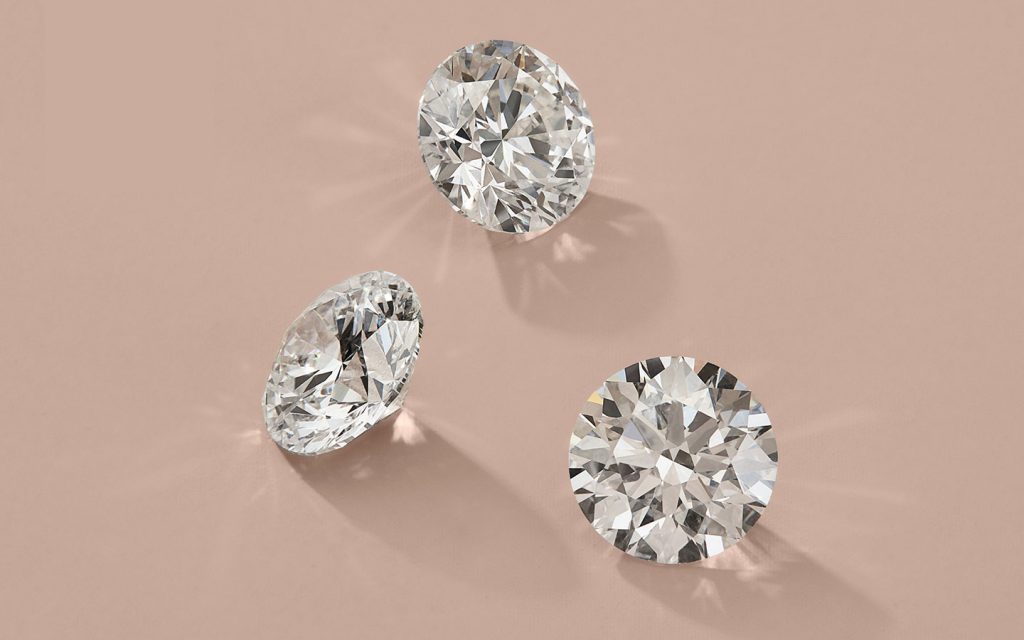When it comes to lab-grown diamonds, two names often stand out in the realm of certification: IGI and GIA. But what sets them apart, and how do they influence the quality and perception of lab-grown diamonds? In this article, we’ll delve into the intricacies of IGI vs GIA lab-grown diamonds, exploring their differences in certification standards, industry recognition, pricing, and consumer perception.
Table of Contents
Introduction: The Rise of Lab-Grown Diamonds
Lab-grown diamonds have been gaining traction in recent years due to their ethical and sustainable appeal. Unlike mined diamonds, which are extracted from the earth through mining processes, lab-grown diamonds are created in controlled environments using advanced technology. This manufacturing process offers a more eco-friendly alternative to traditional diamond mining.
What is IGI?
The International Gemological Institute (IGI) is one of the leading gemological laboratories globally, specializing in diamond certification. Established in 1975, IGI has become renowned for its expertise in grading and assessing diamonds, including lab-grown diamonds. IGI provides comprehensive reports that detail the characteristics and quality of diamonds, offering reassurance to consumers and businesses alike.
What is GIA?
The Gemological Institute of America (GIA) is perhaps the most prestigious gemological institute in the world. Founded in 1931, GIA sets the standard for diamond grading and education. Its rigorous grading process ensures the highest level of accuracy and consistency in diamond assessment. GIA certifications are highly regarded within the diamond industry, often commanding premium prices.
Lab-Grown Diamonds: A Sustainable Alternative
Lab-grown diamonds offer a sustainable alternative to mined diamonds, catering to environmentally conscious consumers. By replicating the natural diamond-growing process in a controlled environment, lab-grown diamonds eliminate the environmental and ethical concerns associated with traditional mining practices. Additionally, lab-grown diamonds exhibit the same physical, igi vs gia lab grown, chemical, and optical properties as mined diamonds, making them indistinguishable to the naked eye.
Quality Standards: IGI vs GIA
Both IGI and GIA adhere to stringent quality standards when certifying lab-grown diamonds. However, there are subtle differences in their grading criteria and methodologies. While GIA is renowned for its strict grading standards and consistency, IGI is recognized for its detailed reports and accessibility. Ultimately, the choice between IGI and GIA certification depends on individual preferences and priorities.
Certification Process: Behind the Scenes
The certification process for lab-grown diamonds involves meticulous examination and assessment by trained gemologists. Both IGI and GIA employ advanced techniques and instruments to evaluate the quality and authenticity of diamonds. From assessing the 4Cs (cut, clarity, color, and carat weight) to identifying any treatments or enhancements, the certification process aims to provide consumers with confidence and transparency.
Accuracy and Reliability: Trustworthiness Matters
Accuracy and reliability are paramount when it comes to diamond certification. While both IGI and GIA strive for precision in their assessments, GIA’s reputation for consistency and impartiality sets it apart in the industry. GIA-certified diamonds are often considered the gold standard due to the institute’s unwavering commitment to quality and integrity.
Industry Recognition: Establishing Credibility
In the competitive world of diamonds, industry recognition plays a crucial role in establishing credibility and trust. GIA-certified diamonds are highly sought after by jewelers, collectors, and investors due to the institute’s esteemed reputation. However, IGI has made significant strides in gaining recognition for its expertise in lab-grown diamond certification, appealing to a broader market segment.
Pricing Differences: The Cost Factor
Pricing can vary between IGI and GIA-certified lab-grown diamonds, reflecting differences in brand reputation and perceived value. GIA-certified diamonds often command higher prices due to the institute’s prestigious status and rigorous grading standards. In contrast, IGI-certified diamonds may offer a more affordable option without compromising quality, making them accessible to a wider audience.
Consumer Perception: Making Informed Choices
Consumer perception plays a significant role in the preference for IGI or GIA-certified lab-grown diamonds. While some consumers prioritize brand reputation and industry accolades, others focus on the specific attributes and characteristics of the diamond itself. Ultimately, informed consumers weigh various factors, including certification, quality, and price, to make confident purchasing decisions.
Which is Better? Making the Decision
The question of whether IGI or GIA certification is better for lab grown diamonds ultimately depends on individual preferences and priorities. GIA certification offers unmatched prestige and industry recognition, making it an appealing choice for those seeking the highest standards of quality and authenticity. However, IGI certification provides comprehensive reports and accessibility, catering to a broader range of consumers.
Conclusion: Navigating the Landscape
In the realm of lab-grown diamonds, the choice between IGI and GIA certification involves careful consideration of factors such as quality standards, industry recognition, pricing, and consumer perception. While GIA sets the standard for excellence in diamond grading, IGI offers a credible alternative with its detailed reports and accessible services. Ultimately, both institutes play integral roles in ensuring transparency and trust within the diamond industry.

